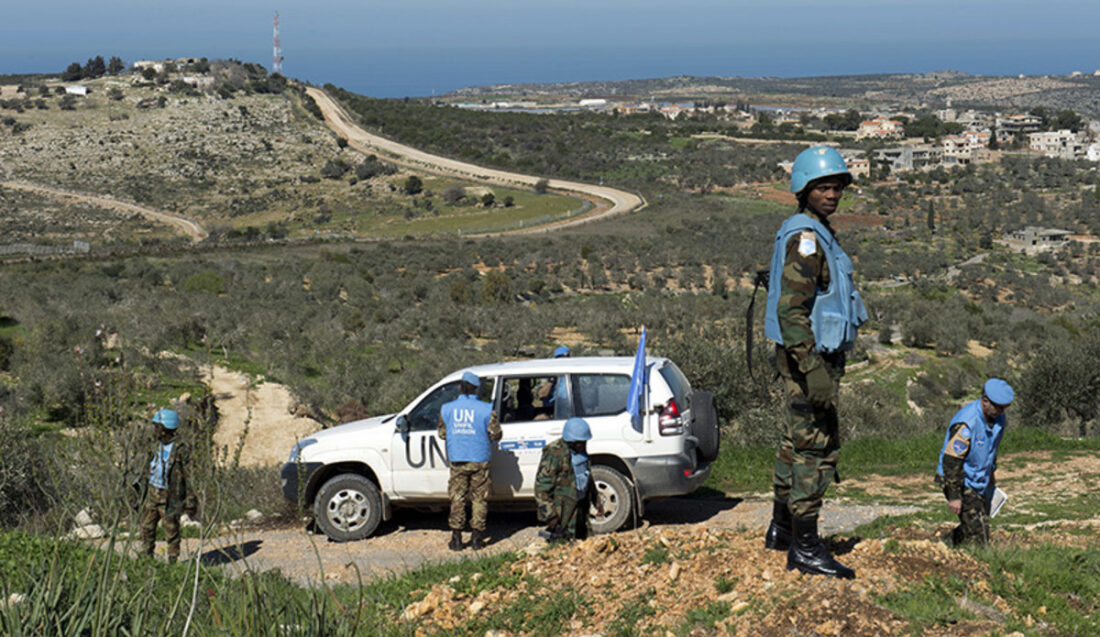Tensions along Israel’s tense border with Lebanon have been escalating of late.
Over the past four months, Hezbollah — the Lebanese Shi’a militia which has repeatedly confronted Israel in armed clashes since its founding in the early 1980s — has grown increasingly bolder and dangerously overconfident.
Hezbollah, a proxy of Iran and an ally of Syria, has instigated a series of provocative incidents around the Blue Line, Lebanon’s internationally recognized frontier, which was demarcated by the United Nations in 2000.
Hezbollah does not recognize the Blue Line, which is marked with blue barrels. Nor does it accept Israel’s occupation of Mount Dov, which is otherwise known as Shebaa Farms. Israel conquered the Mount Dov border region during the 1967 Six Day War. Mount Dov lies within the boundaries of the Golan Heights, which Israel captured from Syria and annexed in 1981. Hezbollah insists that Mount Dov belongs to Lebanon.
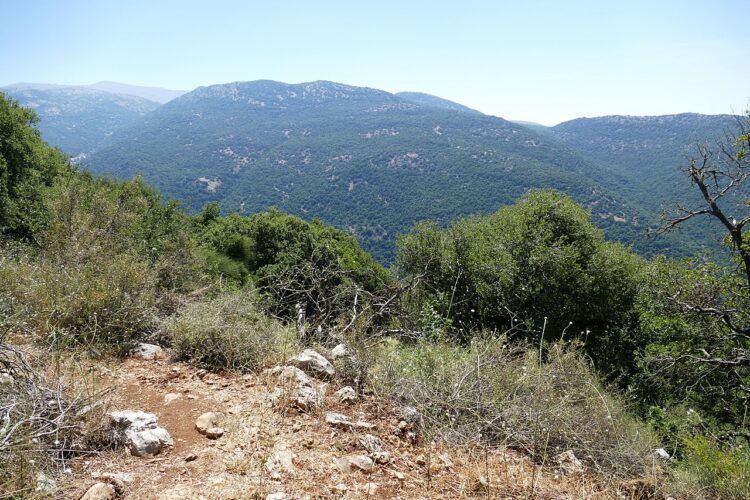
Israel and Hezbollah are also at odds over Ghajar, a village in the vicinity of Mt. Dov. Israel captured Ghajar, the only Alawite-majority settlement in the area, in 1967. During the 1980s and 1990s, Ghajar expanded into Lebanese territory. When the Israeli army unilaterally withdrew from southern Lebanon in 2000, the United Nations demarcated the Blue Line as a temporary border and ruled that Ghajar’s northern and southern section were respectively in Lebanon and Israel.
During Israel’s month-long war with Hezbollah in the summer of 2006, Israel regained possession of northern Ghajar and has held it ever since. Today, the village is classified as a closed military area. The majority of its 3,000 residents hold Israeli citizenship, but mainly identify as Syrians.
Much to Hezbollah’s anger, Israel has built a security fence north of Ghajar. It was practically finished last September. Hezbollah claims the village lies inside Lebanese territory. Although Israel and Lebanon demarcated a maritime border last year, they have never negotiated a land border and remain in a technical state of war.
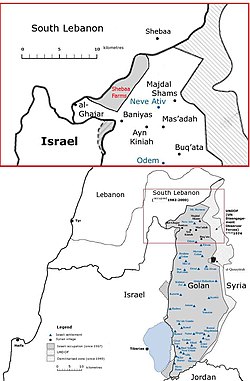
Nine months after the construction of Israel’s security fence, Hezbollah set up two tents along the Blue Line to underscore its annoyance with the fence and reassert its claim to Shebaa Farms. Israel complained that the tents were several meters inside its territory, but decided to resort to diplomacy to settle the matter.
The Lebanese government countered that Israel should withdraw its troops from Ghajar’s northern sector.
U.S. envoy Amos Hochstein conferred with Lebanese government officials, and under pressure, Hezbollah removed one of the tents earlier this month. Hezbollah’s secretary-general, Hassan Nasrallah, has threatened retaliation if Israel removes the other tent.
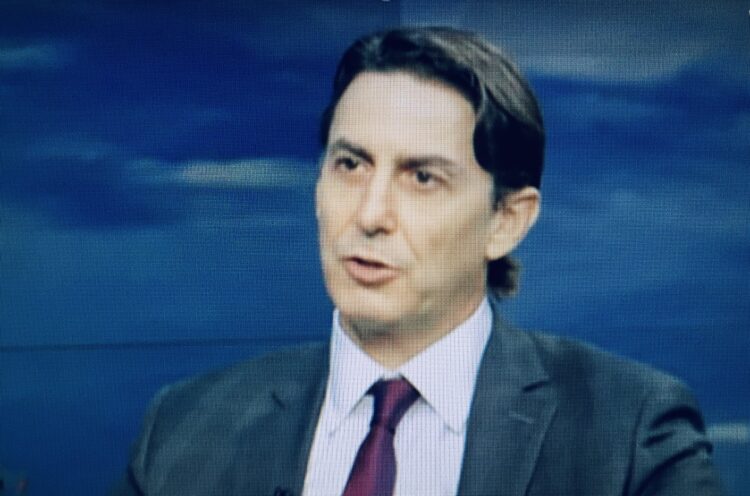
The posturing over the tents speaks to Nasrallah’s mistaken belief that he can successful exploit Israel’s current internal difficulties. Ever since Prime Minister Benjamin Netanyahu announced his highly controversial plan to overhaul the judicial system, Israel has been convulsed by mass protests, strikes and threats by some reservists in the armed forces not to report for duty.
Nasrallah and his lieutenants think that these anti-government demonstrations reflect Israeli weakness, offer Hezbollah an opportunity to improve the balance of deterrence against Israel, and bolster its heroic image as a “defender” of Lebanon.
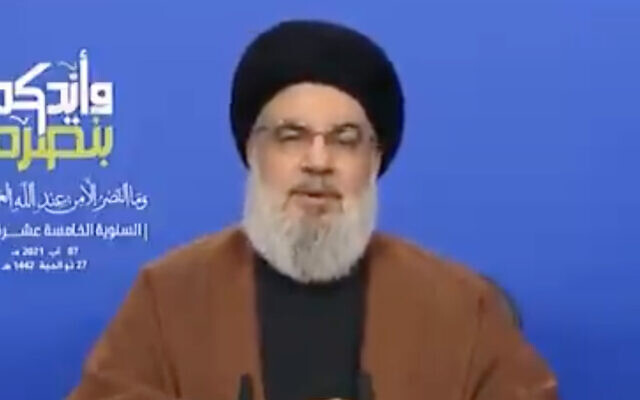
For these reasons, Hezbollah — which has accumulated a stockpile of 150,000 rockets and missile — has created friction along Israel’s northern border. However, Israeli analysts doubt whether Hezbollah seeks an all-out war with Israel at a fraught moment when the Lebanese economy is in free fall.
On July 16, the commander of the army’s Northern Command, Uri Gordon, told mayors of towns near the Lebanese border that the chances of a war with Hezbollah are low, but the border incidents have been worrisome.
On March 13, an armed Palestinian aligned with Hezbollah sneaked across the Israeli border and blew up a car at the Megiddo junction. He was killed by Israeli troops shortly afterward.
Three weeks later, during the Passover holiday, Hamas operatives in southern Lebanon fired 34 rockets at Israel, damaging infrastructure and wounding several Israelis. Israel believes that Hamas would not have acted without Hezbollah’s consent. Israel responded with proportional airstrikes in Lebanon.
Two days after these tit-for-tat exchanges, unidentified gunmen launched rockets at Israel from Syria.
On July 6, a week after Hezbollah downed an Israeli drone over a village in southern Lebanon, an anti-tank guided missile exploded over the Ghajar border fence. By way of reprisal, Israel fired shells toward the village of Kfar Chouba.
On July 9, dozens of Lebanese army soldiers and Hezbollah operatives crossed the Blue Line, but did not breach Israel’s border fence. They remained on the Israeli side of the line for less than 30 minutes, and were escorted back into Lebanon by the United Nations UNIFIL peacekeeping force. It was established following Operation Litani, Israel’s mini invasion of Lebanon in 1978.
On July 12, several Hezbollah operatives tried to damage the border fence near the Israeli town of Zar’it. Forty eight hours later, Hezbollah activists climbed an Israeli military tower close to the border town of Metulla and made off with surveillance cameras. They did not cross into Israeli territory.
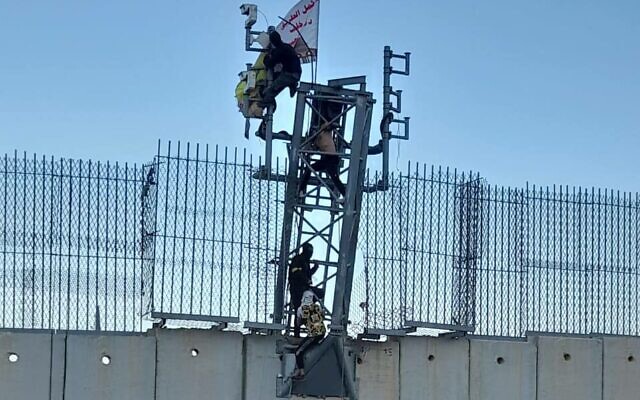
In the latest incident, on July 15, Israel fired warning shots at a group of 18 Lebanese, including a parliamentarian, who had crossed the Blue Line 80 meters into Israeli-controlled territory in the contested Mount Dov area.
The mounting tension has prompted both sides to flex their muscles.
This past May, soon after Iranian Foreign Minister Hossein Amir-Abdollahian toured the Lebanese border region in a theatrical show of support for Nasrallah, Hezbollah invited journalists to witness a military drill simulating an invasion of Israel.
Last week, Israel mounted a military exercise in the Wadi Ara region designed to simulate an attack against Bin Jbeil, the scene of a ferocious battle between Israel and Hezbollah in the 2006 Second Lebanon War. The exercise was meant to warn Hezbollah that the mass pro-democracy protests in Israel have not affected Israel’s state of military fitness and readiness.
Hezbollah may have received the message, but it should be recalled that the 2006 war erupted due to a massive miscalculation on Nasrallah’s part.
On July 12, 2006, Hezbollah attacked an Israeli army patrol inside Israel, killing two soldiers. This incident spiralled into a serious skirmish and a fullscale war, which caught Nasrallah totally by surprise. Nasrallah later admitted he would not have ordered the attack had he surmised what Israel’s harsh reaction would be.
Seventeen years on, judging by Hezbollah’s most recent provocations, Nasrallah appears to have shed his inhibitions regarding a serious conflict with Israel.
He should be aware that Lebanon would be pummelled catastrophically in another war. (By the same token, Israel would be relentlessly bombarded by Hezbollah in a future war).
Prior to leaving his post as Israel’s chief of staff of the armed forces earlier this year, General Aviv Kochavi issued a stark warning to Hezbollah. He predicted that, in a third war, Lebanon would be struck by “waves of firepower” that would set it back by 50 years.
Two years ago, the then Israeli defence minister, Benny Gantz, issued a similar warning, saying said that Lebanon “will tremble and Hezbollah will be fatally wounded” in the next war.
So Israel has placed its cards on the table. Nasrallah has been put on notice that his aggressive border provocations may ignite a war, which is definitely not in Lebanon’s vital national interests.
